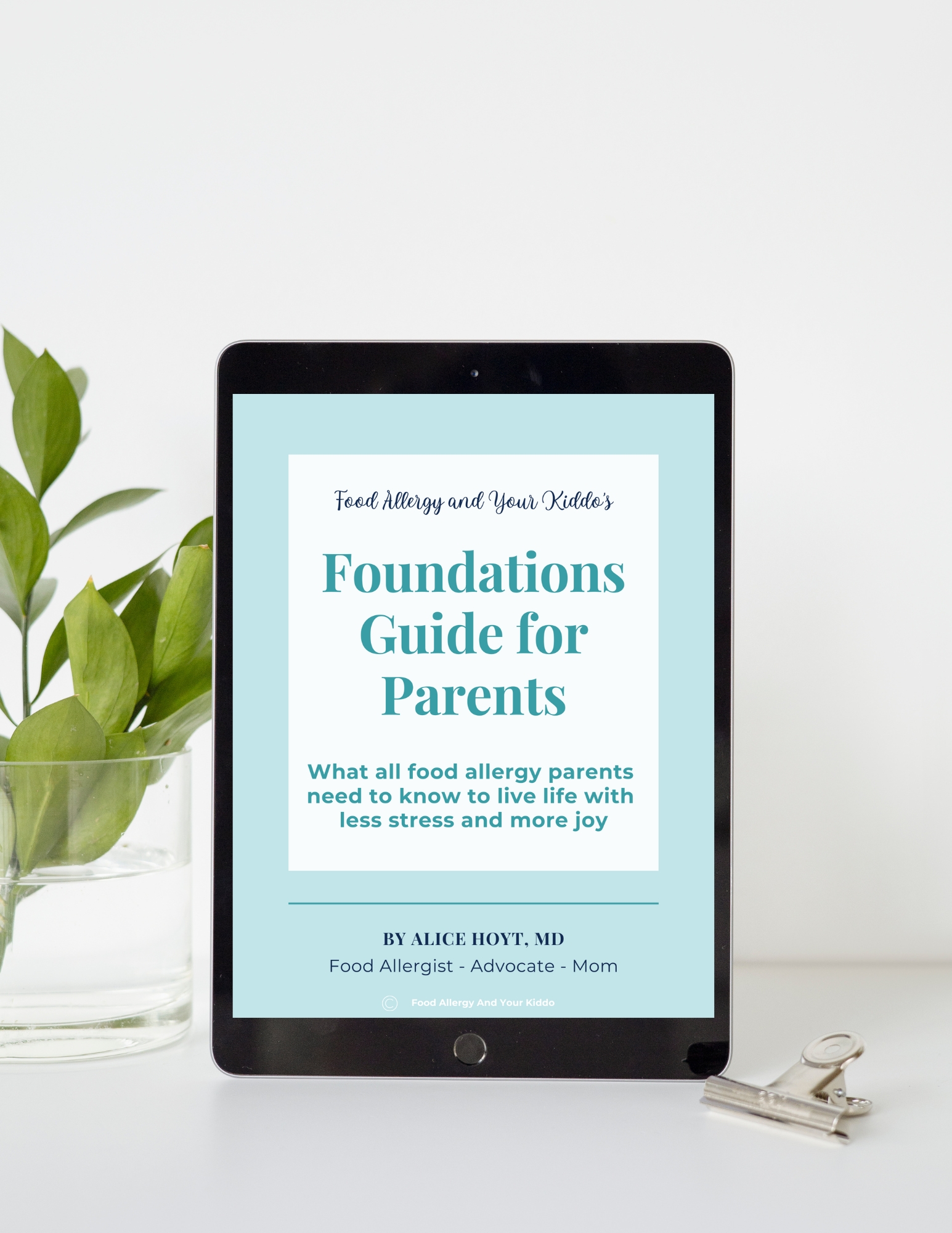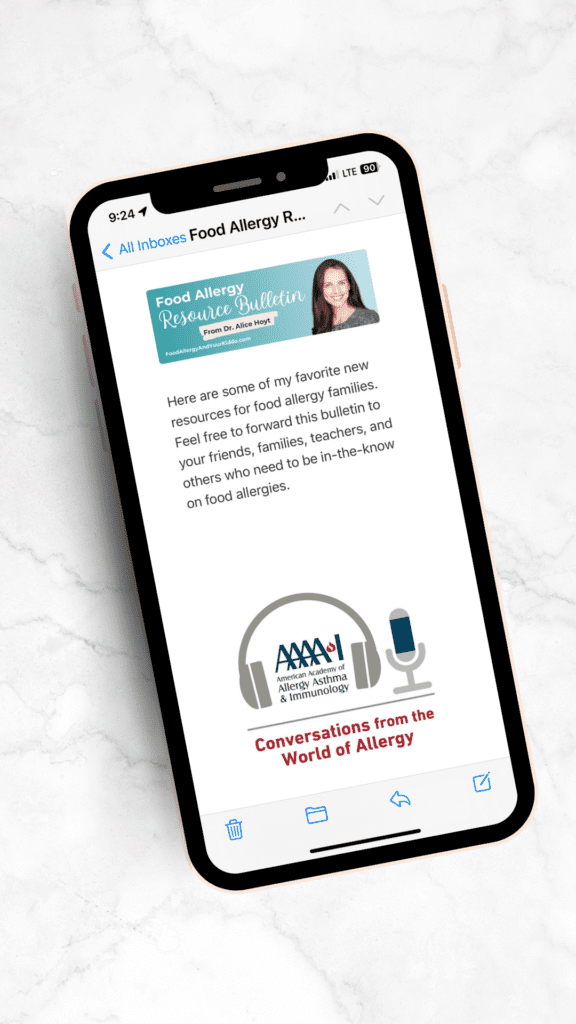Welcome to Food Allergy and Your Kiddo, where you will find evidence-based, practice-proven information about food allergy.
- What all can I do to prevent my child from having a reaction?
- How can I navigate social situations without my kiddo feeling alienated?
- And how do I interpret the overwhelming amount of food allergy information available online – what’s accurate and what’s not?

If this sounds like you, then you are in the right place.
The Foundations Guide for Parents will provide you foundational knowledge upon which to expand and deepen your understanding and management of food allergy.
Through the Guide and the expansive resources on Food Allergy and Your Kiddo, Dr. Hoyt will walk with you on your food allergy journey so you can access and interpret credible information. As your understanding of food allergy grows, those fears of “what if…” will diminish!
Food Allergy is a Journey

And maybe you are hesitant to stay plugged in with other food allergy family groups, especially on social media, because of the stories you hear that you simply just don’t want filling your mind.
But life does not have to be that way…
Or perhaps food allergy is a new diagnosis to you and your family.
For example, it may have been recently that your doctor told you, “Sweetpea is allergic to peanut so needs to avoid all peanut products, and I’ve sent a prescription for an EpiPen to your pharmacy.” While there probably was more to this conversation, it’s to be expected that this news may send your thoughts in many directions and very quickly. You may have thought:
- But it’s just a food… how can a food be so dangerous?
- But my child is healthy…
- Does this mean my child is allergic to other foods?
- Does this mean my child may develop other allergy conditions?
- Is there any treatment?
- What about school?
- What about holidays?
- What if…




